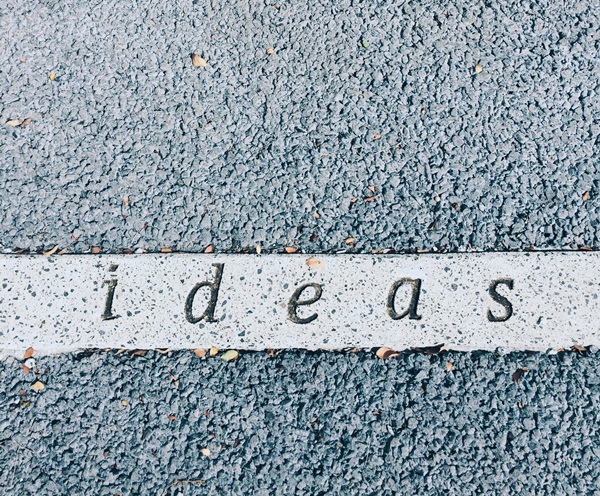Media acts as the thought leader that drives opinion formation and dissemination.
DR RUPA PETER
Recently, the Supreme Court came down heavily on television channels for using ‘hate and all such spicy things’ to increase their ratings especially during their prime-time debates. Terming hate speech a ‘poison’ affecting the social fabric of
the country, the Supreme Court asked, ‘Where is our nation headed to if hate speech is what we are feeding on?’ Mainstream channels still hold sway and the role of the anchor becomes critical. Media must have freedom of expression but should know where to draw the line, the apex court added.
The Supreme Court’s rap for Indian television media comes at the heel of several controversial and often polarising discussions that prime-time debates usually delve into. These vitriolic debates often reach heated heights when communally or socially inflammatory issues are discussed with an eclectic ‘panel of experts’ who most often out-shout each other.
Media traditionally is called as the fourth estate, the fourth pillar of democracy that is the watchdog of the constitution. Also, media is a big driver of public opinion. Media is what Habermas calls the public sphere, a forum of discussion and debate—the home ground for shaping and re-shaping that elusive but immensely powerful force called as the public opinion. In this way, media acts as the thought leader that drives opinion formation and dissemination. And the opinion of the majority is what propels change—be it social, political, economic or cultural.
In this scenario, a media that has hate speech on its agenda or runs entire disinformation campaigns and at times, even media trials to gain better TRPs and influence a large and diverse population is an alarming trend. The narratives that are put forth in media, quite often, are aimed at creating an ecosystem of hate and extreme polarisation. Often, these narratives are guided by undercurrents of fear towards the other. And the opinions birthed by these narratives are often detrimental to the social fabric and the ethos of the nation state, itself.
Introspection, accountability and greater social responsibility is the need of the hour when it comes to media in India. In line with what the Supreme Court has noted, it is time for the thought leaders to think, introspect and gain a fresh perspective on the path ahead. It would go down well if media gets back to the basics of fact-based journalism and engages in a bit of self-regulation and holds itself accountable for the greater good. This way, the thought leader can actually have the right kind of sway over public opinion and steer a unified nation towards a better tomorrow.
∎